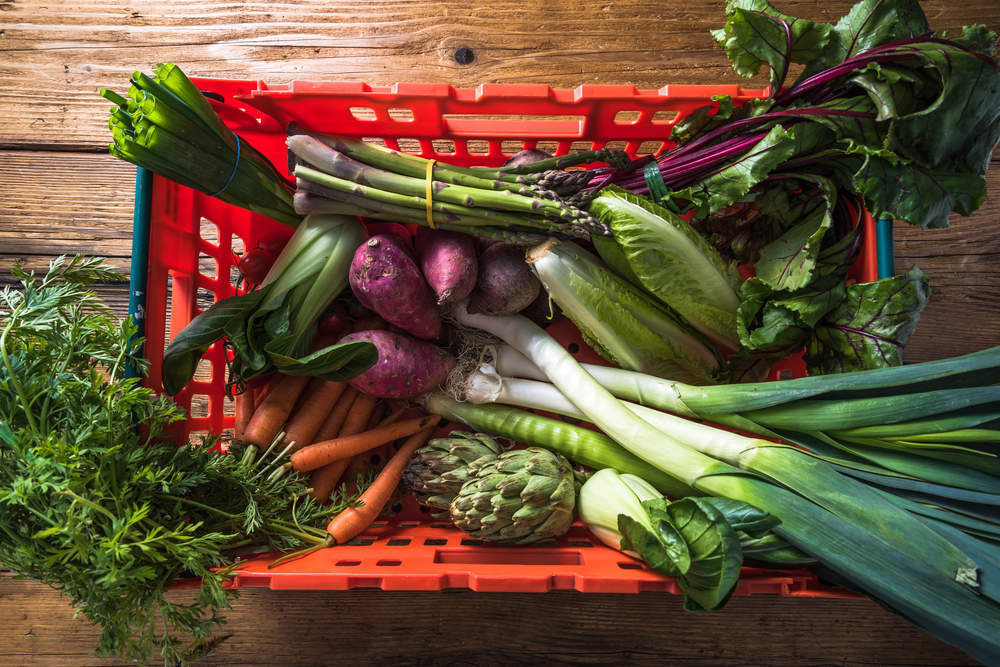Clean has become a key marketing buzzword in the consumer goods industry, but many are still not really sure exactly what it means according to new research from GlobalData, though awareness is on the rise.
A recent GlobalData consumer survey revealed that more consumers (70 percent) have some idea of what the term clean label means compared to 2015 (66 percent).
Increased awareness has been driven by the proliferation of the term in media and online, such as clean eating and clean beauty.
[verdict_chart id=”15860″]While awareness has grown; there remains a lack of consensus over what clean really means.
The term is most likely to be seen as an indication that products are free from artificial ingredients, natural or organic, or chemical/pesticide-free.
However, some also link it to other attributes such as free from allergens like gluten.

US Tariffs are shifting - will you react or anticipate?
Don’t let policy changes catch you off guard. Stay proactive with real-time data and expert analysis.
By GlobalDataRestaurant chain Panera Bread in the US recently pledged their food menu is now 100 percent clean and defines this to mean their food is free from artificial colours, flavours, sweeteners, and preservatives.
However, given many consumers also interpret clean to mean other things – such as minimally processed and gluten free – Panera’s strategy is potentially a misleading one.
As clean becomes more widespread in marketing, perhaps now is the time for the industry to settle on a clear definition to overcome further consumer confusion.








